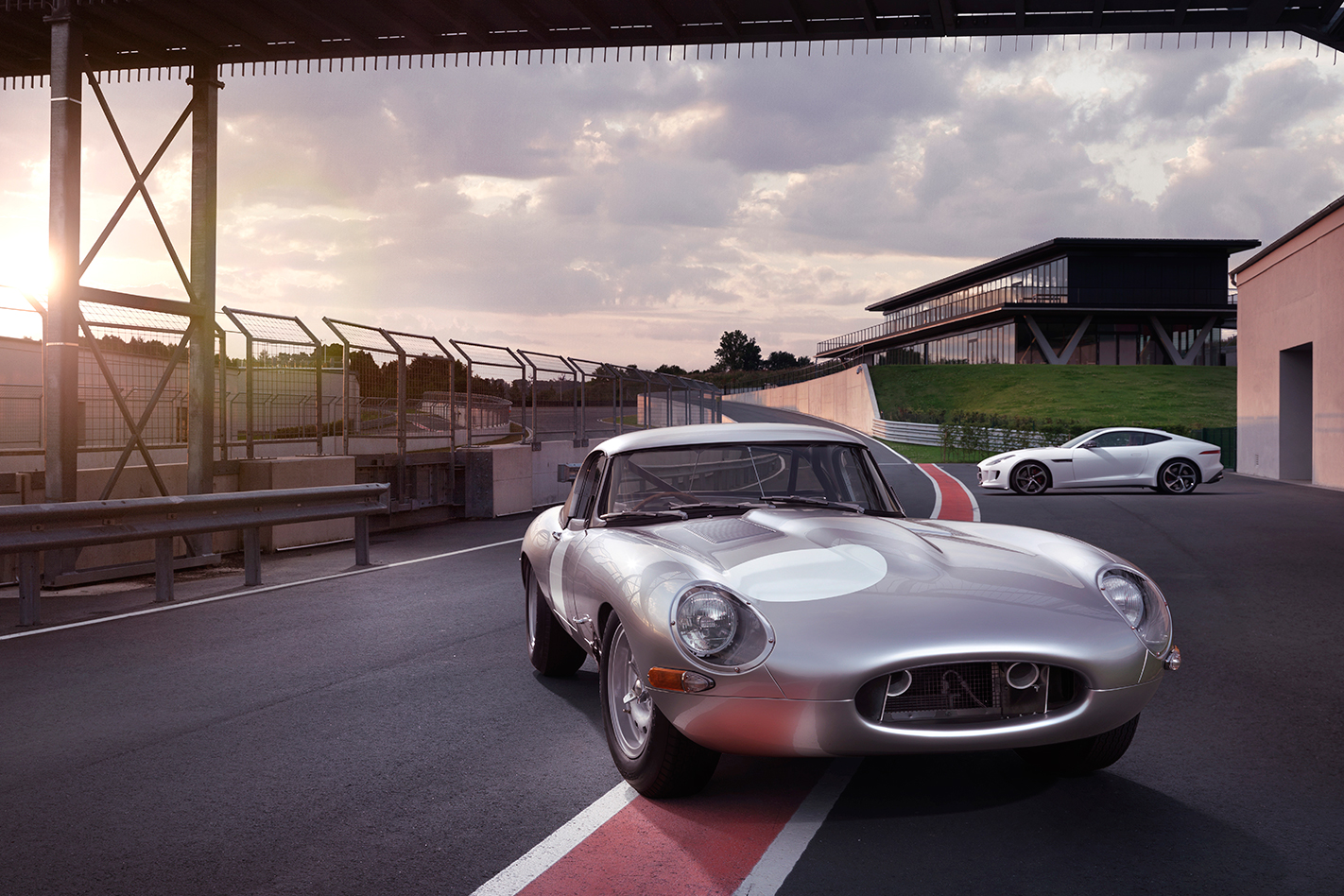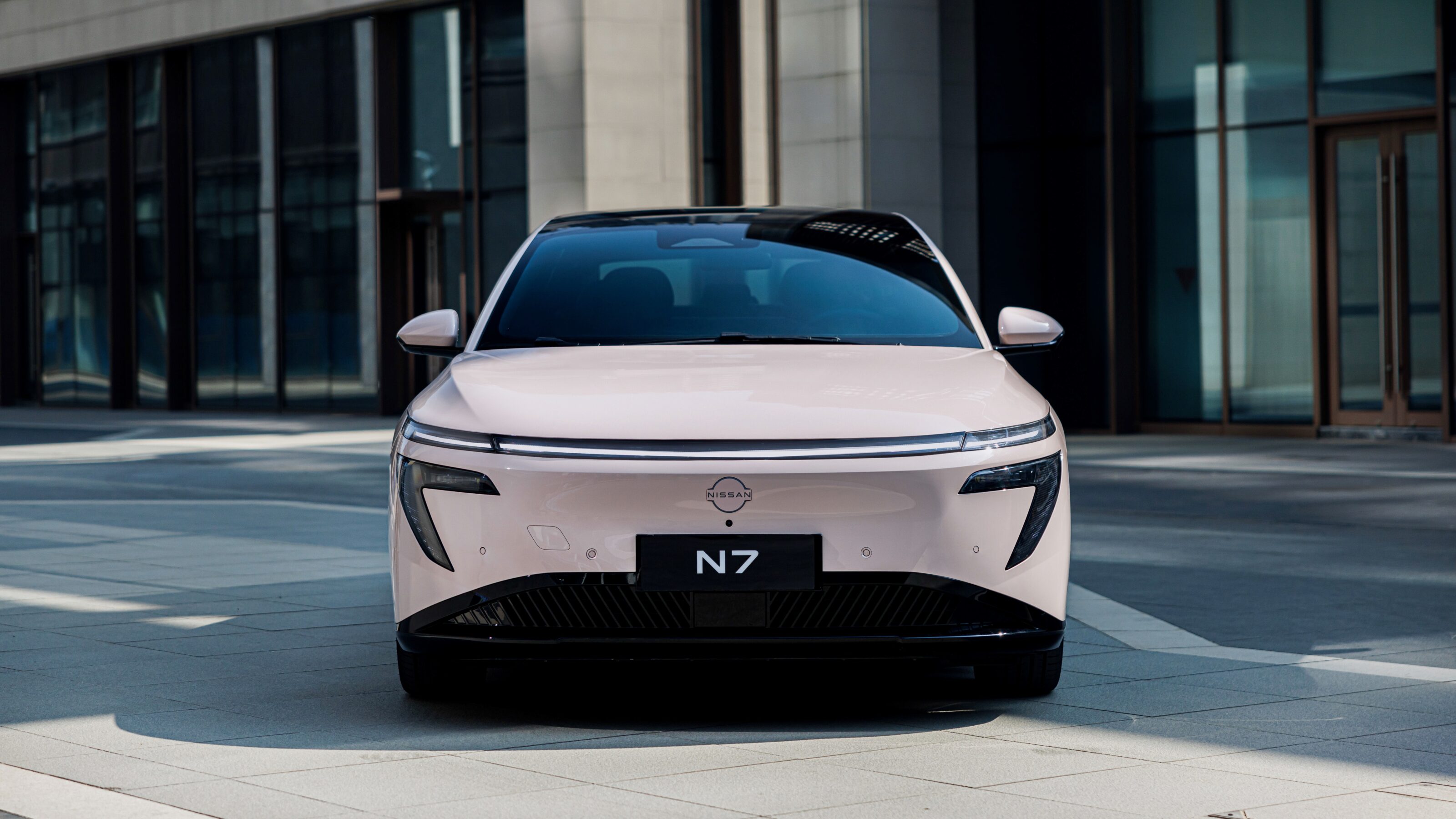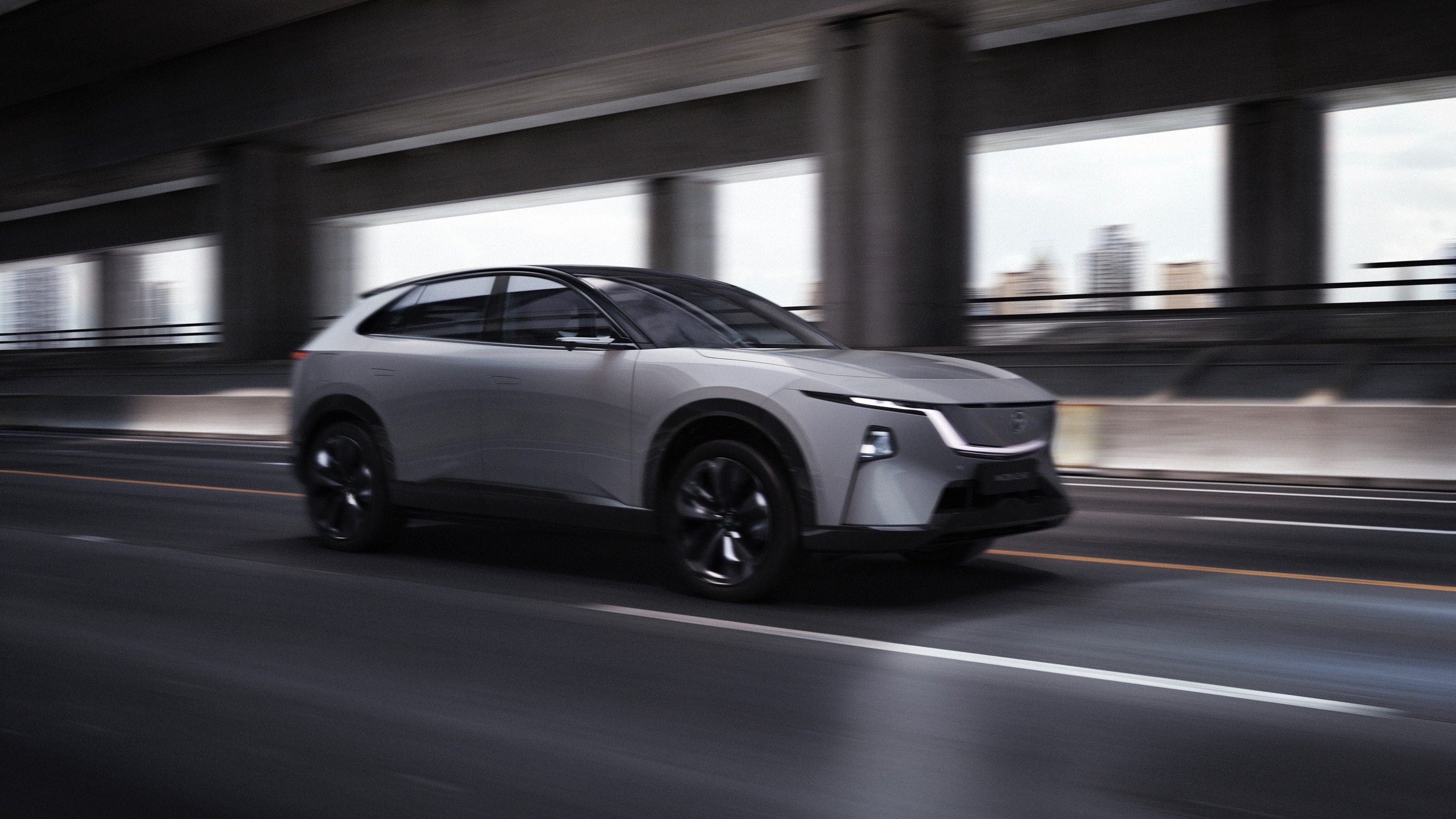JAGUAR has revealed the modern-day form of six historic Jaguar race cars that currently exist only as numbers written in a book more than 50 years ago.
The six chassis numbers were to be part of a production run of 18 aluminium-shelled Lightweight E-Type racecars that were built to compete in Le Mans and Sebring endurance events in the early 1960s.
They struggled to compete against the dominant Ferrari, Shelby Cobra amd Porsche racers of the time, and only 12 were ever built. However, they performed well in private hands, and now Jaguar wants to complete the order by hand-building the remaining six cars, and turning them over to keen collectors with an interest in historic race cars.
The “new” E-Type will remain as a hand-fettled aluminium body stretched over a tubular steel spaceframe, with a period-accurate 3.8-litre triple Weber-equipped dry sump straight-six under the bonnet producing 253.5kW of power and 380Nm of torque.
As before, drive is sent to a limited-slip differential mounted between the rear wheels via a four-speed all-synchro close-ratio single clutch gearbox. As before, the Lightweight E-Type rides on double-wishbone suspension up front, with the driveshaft serving as the upper link for the independent rear wishbones.
It sits on period-correct 15-inch magnesium alloy wheels that are seven inches wide on the front and eight on the rear, and clad with Dunlop racing rubber. As before, the car will be fitted with 311mm front discs up front and standard E-Type brakes down the rear, with no servo assist.
At 4453mm long, the modern-day E-Type racer is about the same length as a BMW X1, while its weight touches 1000kg, making it about 112kg lighter than the steel-bodied production coupe.
The new car was designed from a millimetre-perfect digital scan of one side of a Lightweight E-Type open-seater bodyshell, which was then mirrored to provide the complete car.
Rather than sell the car, Jaguar has hinted that customers will be “invited” to buy it.
Jaguar says the Lightweight E-Type will be built to Federation Internationale de l’Automobile standards for historical racers, meaning the cars will be able to compete against their peers on the track.
All six cars will have their spaceframe built at Jaguar’s Whitley plant before they are shipped to the Gaydon facility for painting, and then transported to the recently formed Jaguar Heritage division at Browns Lane where the powertrain, suspension, brakes, steering, electronics, instrument panel and soft trim will be fitted.
Jaguar has mentioned nothing about price, but early predictions are the handful of customers are unlikely to see much change from $2 million – about what you’d pay for one of the original cars.





